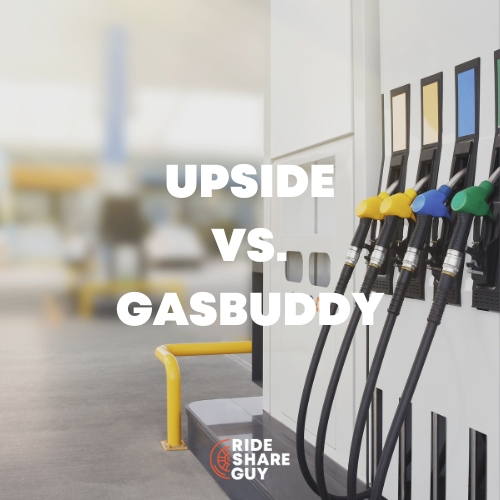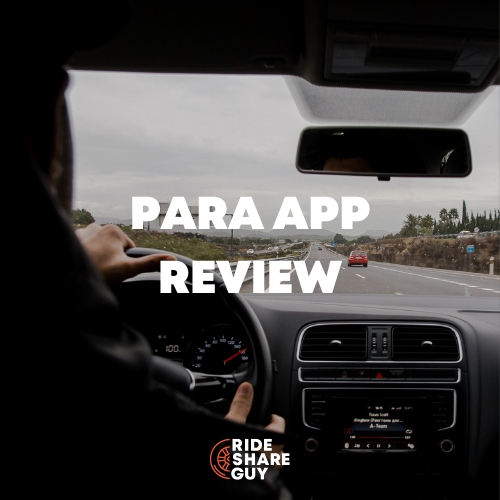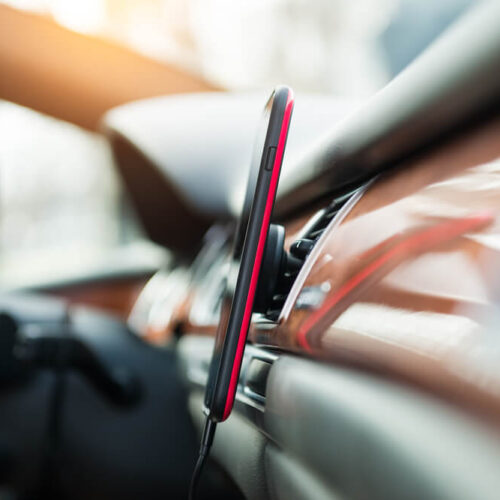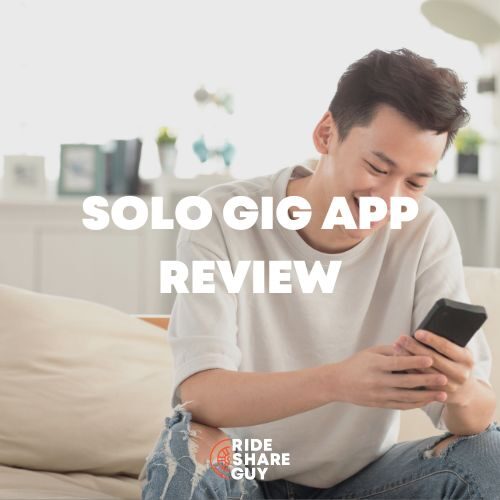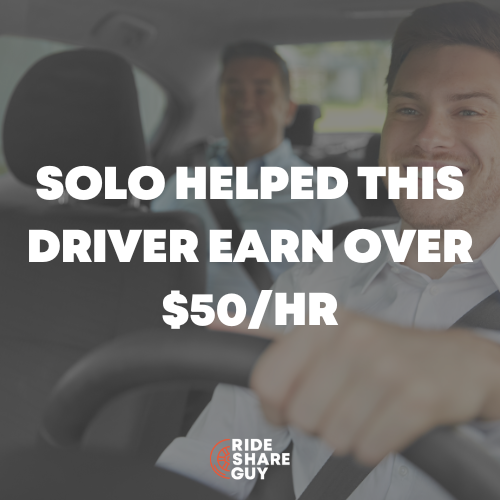Recently, Uber rolled out a variety of features for drivers, including upfront pricing, ride rebalancing – and trip radar.
Trip radar seems to have been introduced to discourage drivers from cherry-picking rides, which has been a problem for Uber.
How does trip radar work for drivers? Senior RSG contributor Sergio Avedian shares his experience with trip radar below.
Trip radar is not available everywhere yet, but has been rolled out to over 20+ markets per the March 2022 Uber driver update.
What Is Trip Radar?
As a veteran driver, I try to stay on top of new features from Uber and Lyft. There were a bunch of additions (like upfront pricing for drivers) to the Uber platform recently, such as the announcement by Dennis Cinelli (Head of Uber Mobility) about something called Trip Radar.
When Uber declares a new feature as convenient or transparent, I take a step back. Over the past six years, I have accumulated enough scar tissue with all the negative changes (specifically rate cuts) Uber has implemented.
I try to analyze these changes from the driver’s point of view by getting out there and experiencing them firsthand. A lot of the coders who write the algorithms for Uber don’t understand how useful or useless these changes are and how they will affect the daily lives of its drivers.
The engineers at Uber enjoy their work as consumers but since few of them actually get behind the wheel, they are less aware of the real-world ramifications of their work for millions of drivers.
How Does Uber’s Trip Radar Work?
One of the new features rolled out recently by Uber is called Trip Radar. When a driver declines a ride request in another part of the city, it gets relisted on the Trip Radar, where all nearby drivers can see it simultaneously.
The first one to tap on the Trip Radar screen gets the ride. According to Uber, if you keep tapping, you may get a match with an option you want.
My Experience with Trip Radar (a.k.a. “Raffle Rides”)
As if the Uber driver app is not gamified enough, now we have Trip Radar! I call it ‘raffle rides’ because it feels like the game Whack A Mole!
As drivers, our responsibility is to take a passenger from Point A to B safely. I am not sure playing Whack A Mole while driving during rush hour is either safe or logical. The ride request ping these days on the Uber platform is down to 6-7 seconds (unlike Lyft’s 12).
Now, throw this Trip Radar in the mix, where you have to keep your eyes on the road as well as tap your phone screen as fast as possible to line yourself up for the next ride.
Here are some examples of my adventures with this new feature:

Who the heck in their right mind would accept these trips? Why are they even presented to me? I am nowhere near the passenger pick-up area, why would I drive 12-15 miles away to pick someone up to lose money? This is insanity!
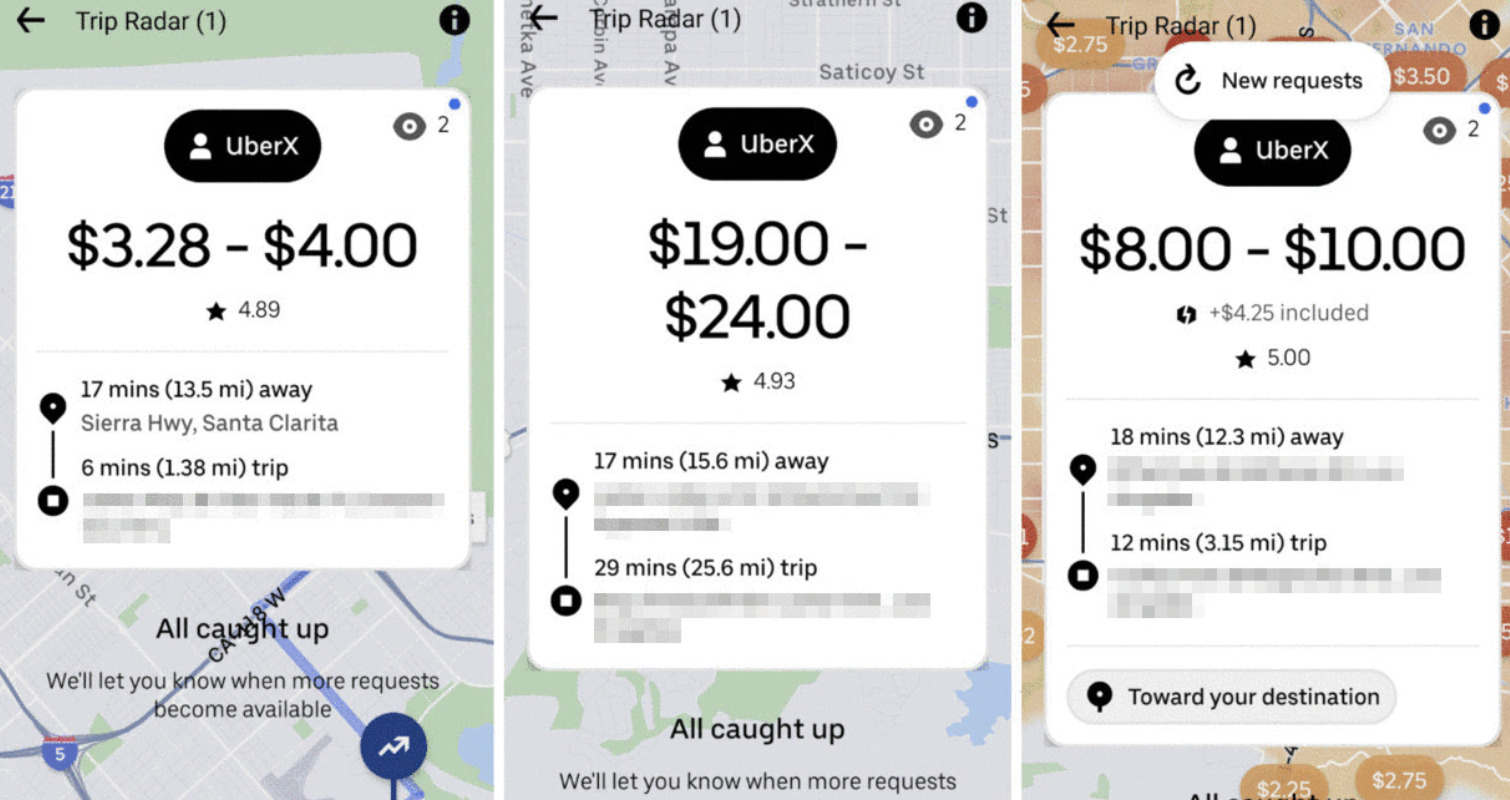
This is a nightmare scenario for the driver because what I noticed pretty much every time is that unless you turn your app off within seconds of these money-losing rides appearing on Trip Radar, you will be pinged with one of them.
In California, declining trips comes with a penalty that removes the ability to see the destination of the passenger. There goes your upfront destination privilege!
This happened to me over and over with Trip Radar. It almost felt like I had to accept a money-losing ride to keep going!
The screenshots below support my theory that Uber is trying to give us money-losing rides, the rides that other drivers are declining, via Trip Radar.
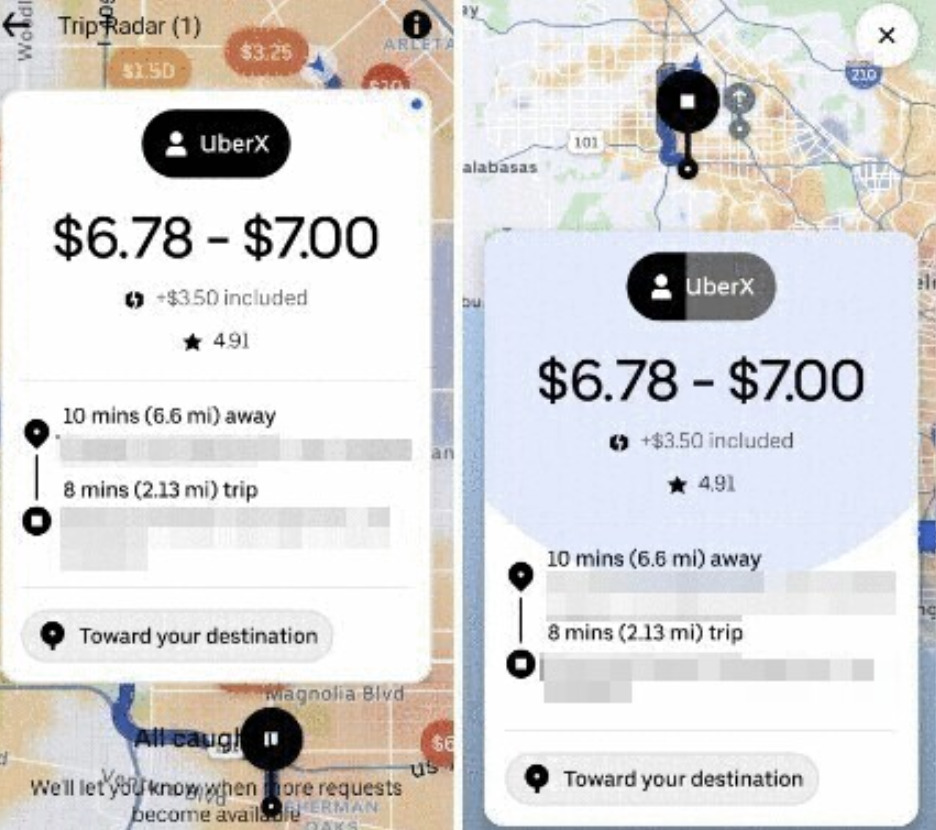
Of course, this is a lose-lose-lose proposition for the driver. First, you’ll see it on Trip Radar, realize it is not a profitable ride, and as a so-called independent contractor, you pass on it.
Then Uber offers it again, and again, and again – until you have to accept it to see passengers’ destinations.
Trip Radar Reviews
Here are what some other drivers are saying about Trip Radar:
“Welcome to raffle rides. Hope you can read all that info in a split second”
“We’ve had this in Detroit for months now, I much prefer it to the other system”
“Now there will be more incentive to stay in surge zones and consecutive trip areas”
“For airport drivers, it’s been a real nightmare”
“Call me a cynic but it seems to me with every change they just take more for themselves and make it worse for drivers”
Is Uber Trip Radar a Good Idea?
Some drivers are calling Trip Radar “Raffle Rides” because you have to accept the requests so quickly that you don’t have time to study what kind of ride you’re accepting.
If your market has Upfront Fares and Trip Radar, you’ll have to get used to quickly evaluating a request and accepting it as fast as you can. That could mean more focus on your phone and less on the road.
It’s a similar system to other first-come-first-served gig apps like Instacart or Amazon Flex. On both, shoppers and drivers have to closely monitor their phones and quickly swipe to get the best deliveries.
Personally, this is a FOMO (Fear of Missing Out) Psychological Game designed by a brilliant/evil Uber employee! How is this safe for drivers? Why would any driver take such low-paying rides (unless, of course, they had to)?
Here is my recommendation to drivers: Don’t accept every ride Uber throws at you. You are an independent contractor!
